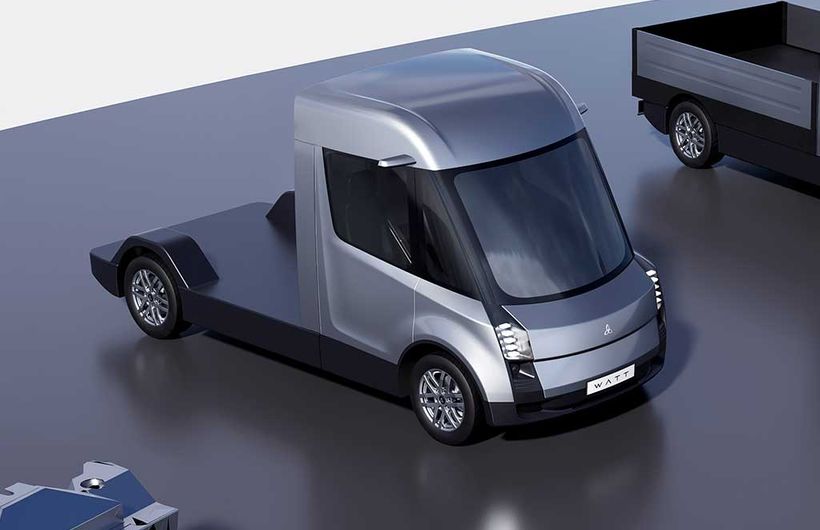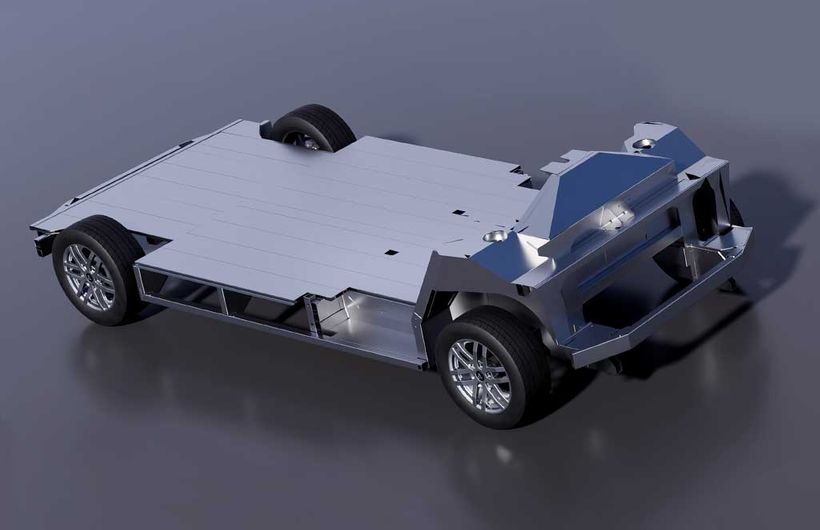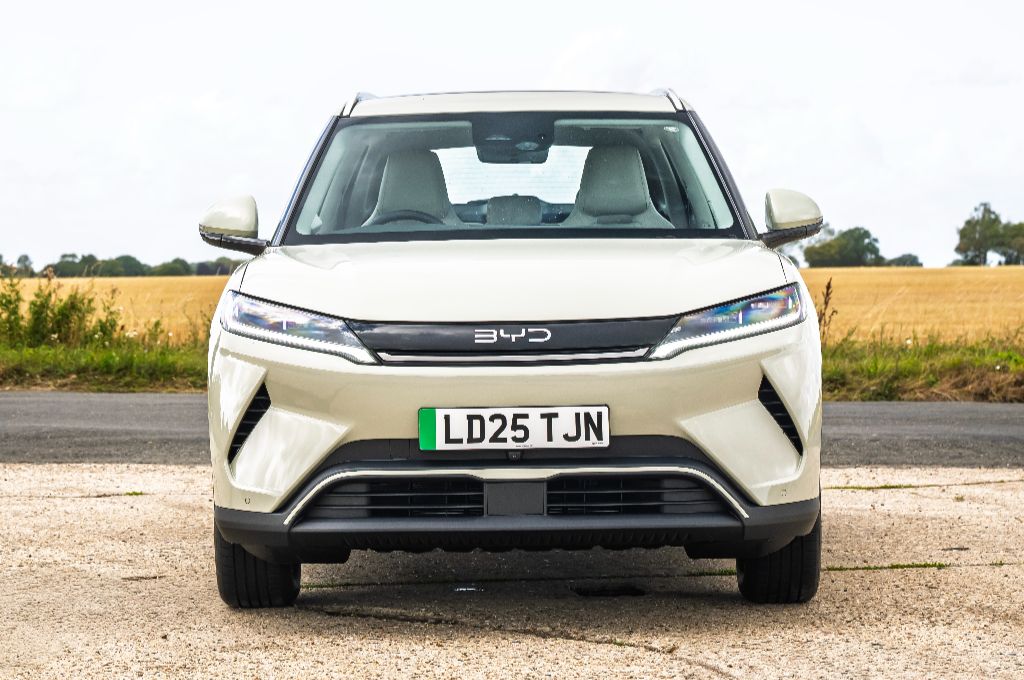Pioneering British electric vehicle company WEVC has unveiled an innovative new all-electric chassis cab design that aims to deliver a low cost, zero emission option for commercial vehicle operators. Codenamed WATT eCV1, the cab and chassis assembly has been designed as a base onto which any number of different designs can be built - from delivery vans to motorhomes.
The eCV1 features a number of clever design and construction features that eliminate the compromises that come with traditional designs derived from internal combustion engine models. These include a ’cell-to-chassis’ system that features batteries integrated to the chassis structure, rather than in a separate battery pack. This improves stiffness, minimises weight and maximises payload because there is no need for an extra structure. The chassis cab weighs just 1,750kg, which, according to WEVC means the eCV1 is able to deliver sector-best payload and range figures in the 3.5t and 4.25t segments.
The eCV1 features a central driving position which allows a safer kerbside exit for the operator, whichever side of the road the vehicle is driving or parked on. The cabin can be configured as a one-, two- or three-seater vehicle, with the large windscreen and side windows providing excellent visibility making the vehicle safer to drive and easier to manoeuvre and park.
 eCV1 features a central driving position which allows a safer kerbside exit for the driver, whichever side of the road the vehicle is driving or parked o
eCV1 features a central driving position which allows a safer kerbside exit for the driver, whichever side of the road the vehicle is driving or parked o 







.jpg?width=600&height=600)




